Soybean
Soybeans are small, oval-shaped legumes that belong to the pea family. They are native to East Asia and have been cultivated for thousands of years.

Soybean
Soybeans are small, oval-shaped legumes that belong to the pea family. They are native to East Asia and have been cultivated for thousands of years.

Where
They Come From
Soybeans are grown in many countries, with the largest producers being the United States, Brazil, and Argentina. They thrive in regions with moderate temperatures and well-drained soil.
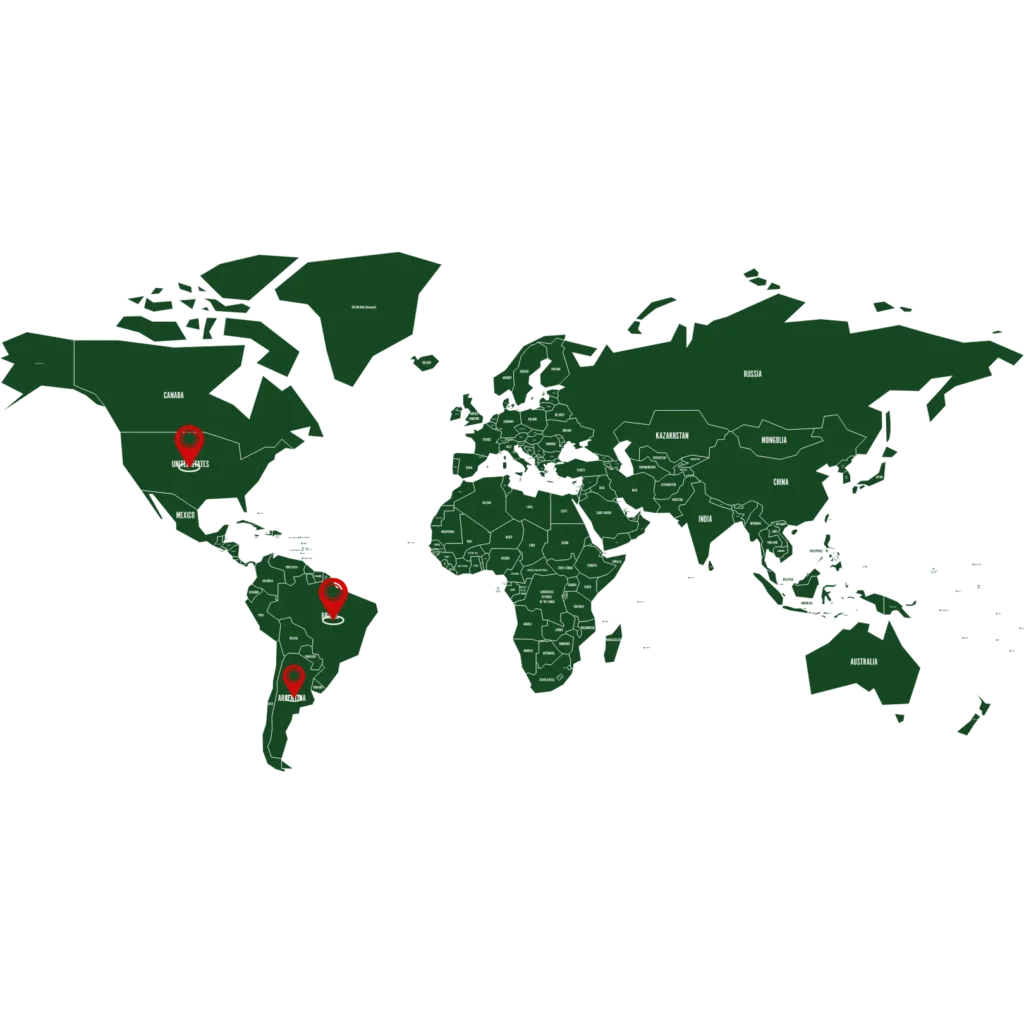
Benefits
of Soybeans
Soybeans are rich in protein, healthy fats, fiber, and various essential nutrients. They are a valuable source of plant-based protein and can be part of a balanced diet. Additionally, they are associated with potential health benefits, including heart health and hormonal balance.

protein
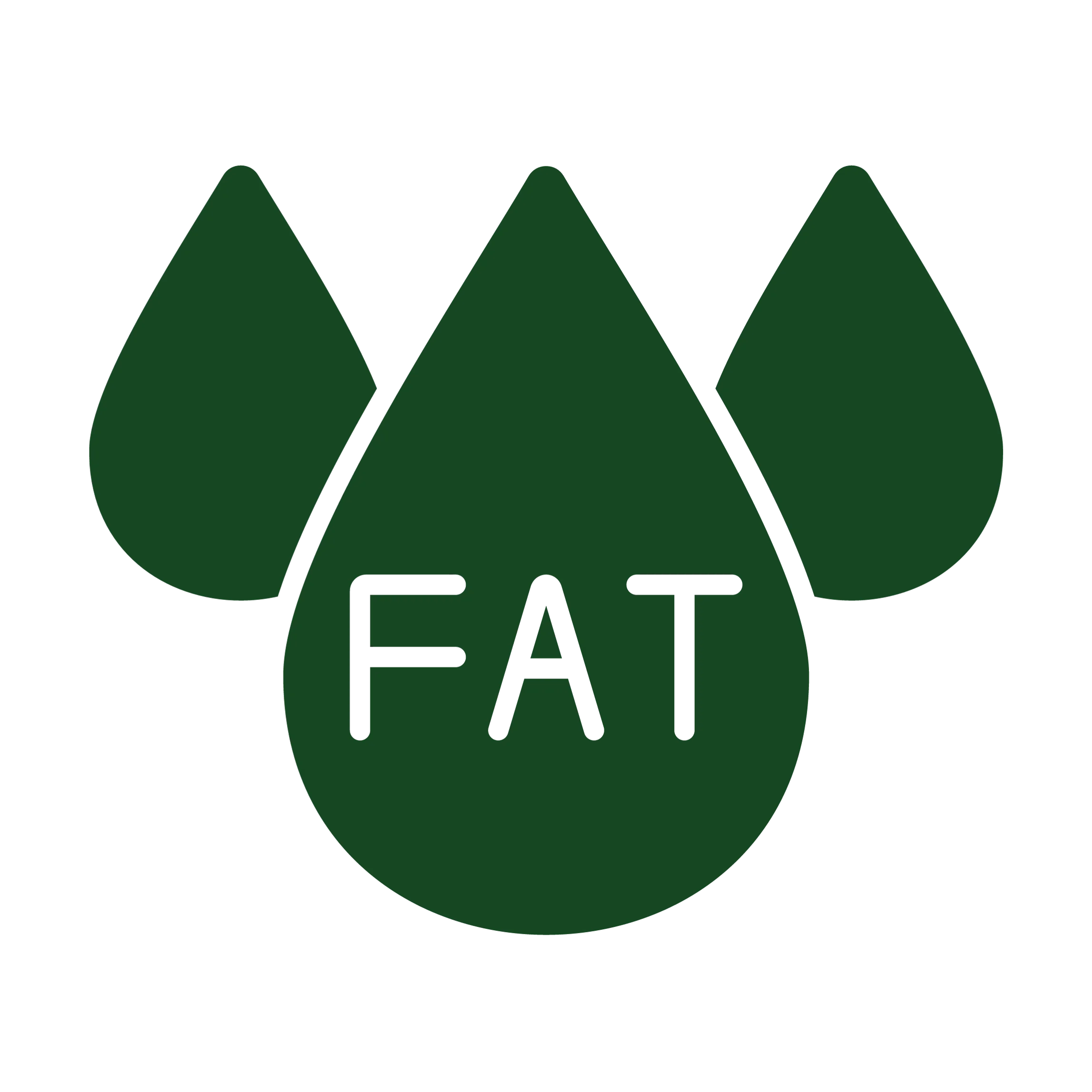
healthy fats
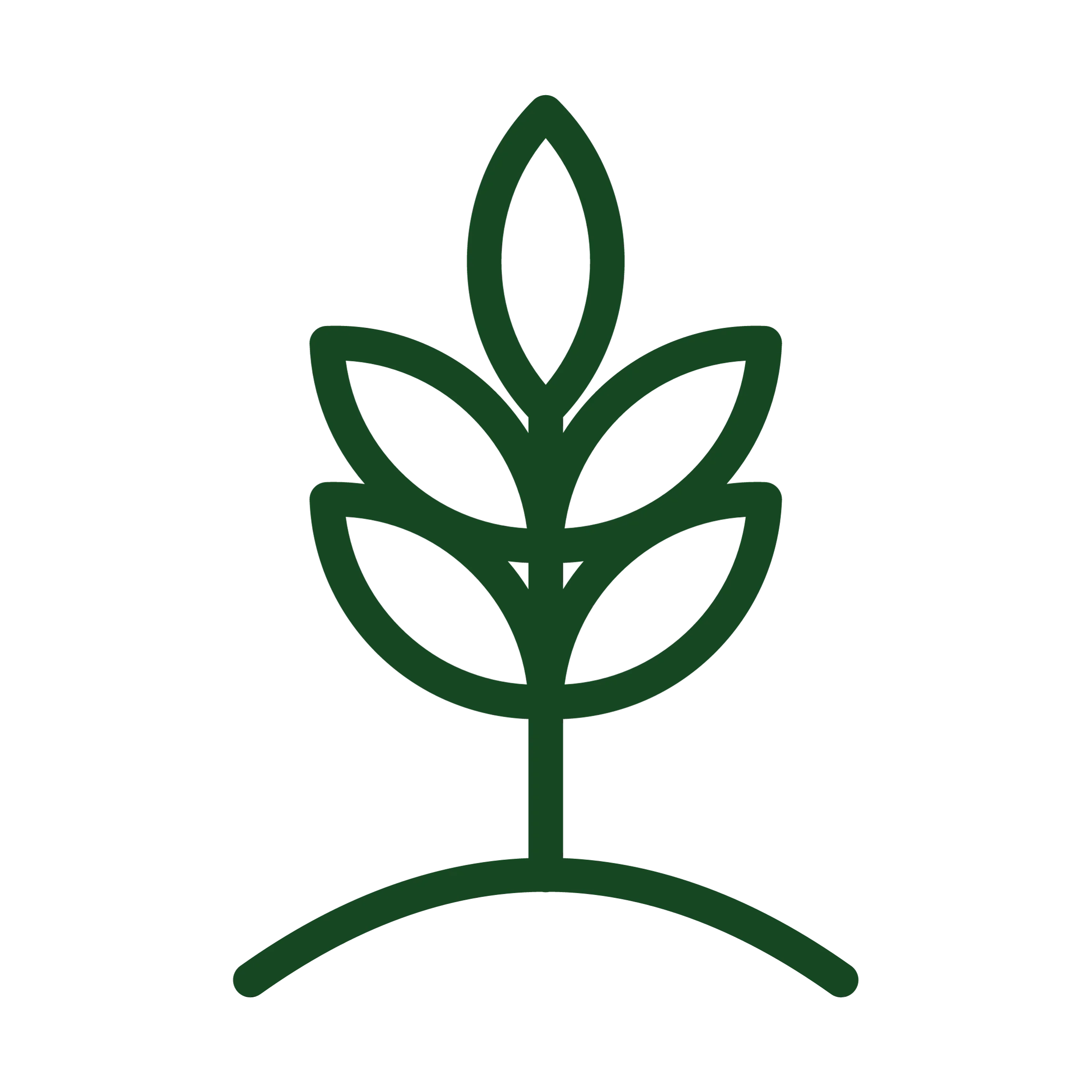
fiber
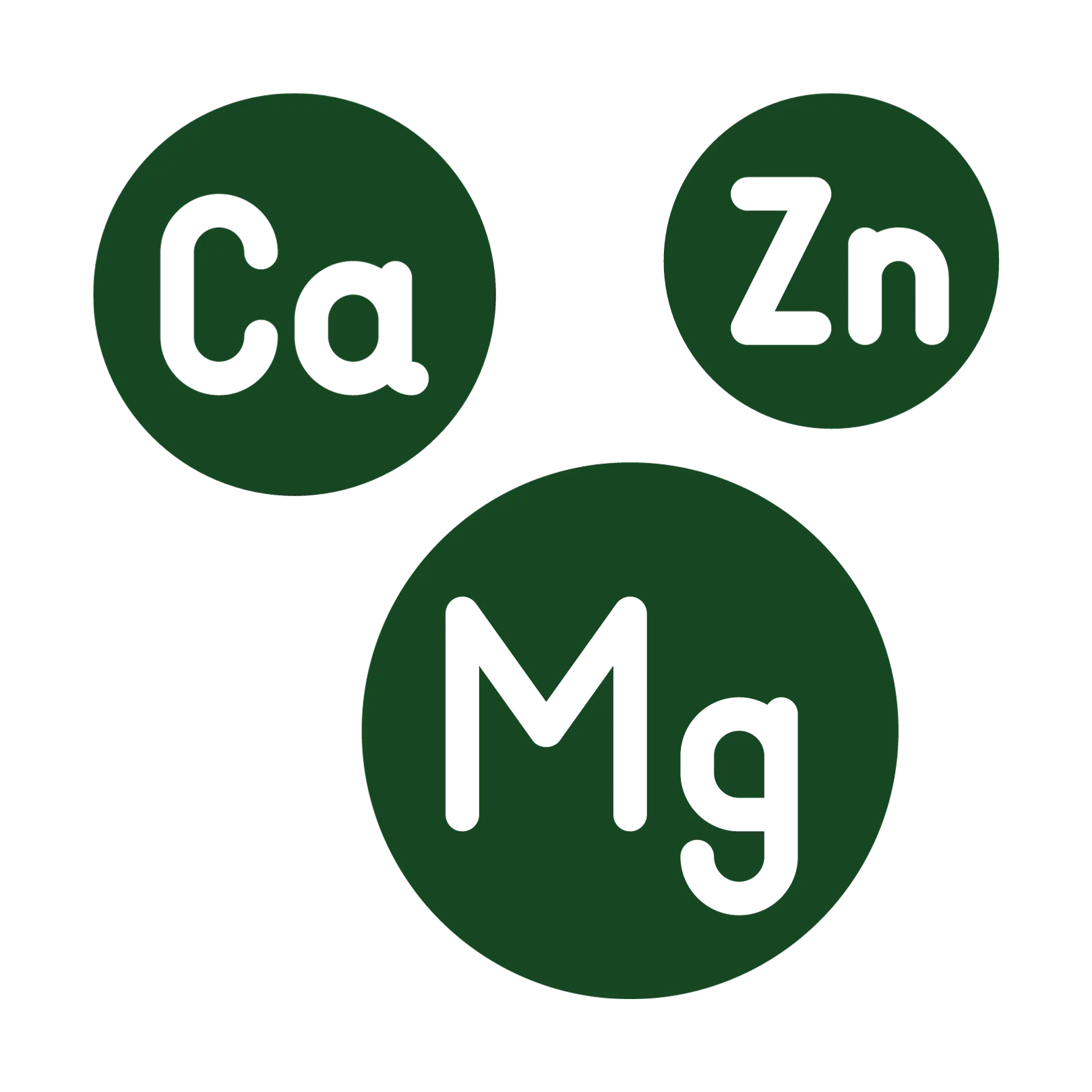
nutrients

protein

healthy fats

fiber

nutrients
Different
Types
There are different varieties of soybeans, including yellow, black, and green. The most commonly consumed type is the yellow soybean, which is used to make various soy-based products.
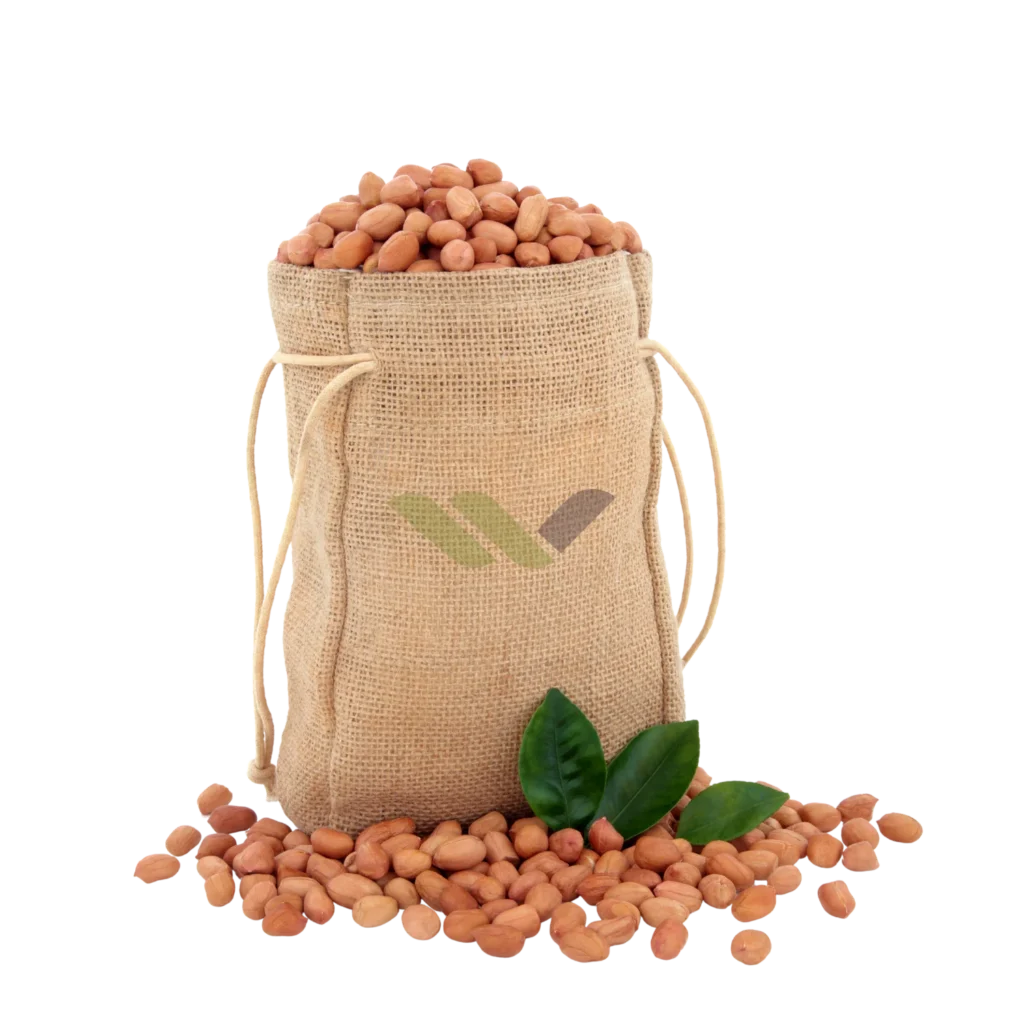
Peanuts
Peanuts are small brown seeds that grow underground. They’re tasty, packed with protein and good fats. You can make peanut butter or snack on them. They’re versatile, can be roasted or boiled, and provide energy!
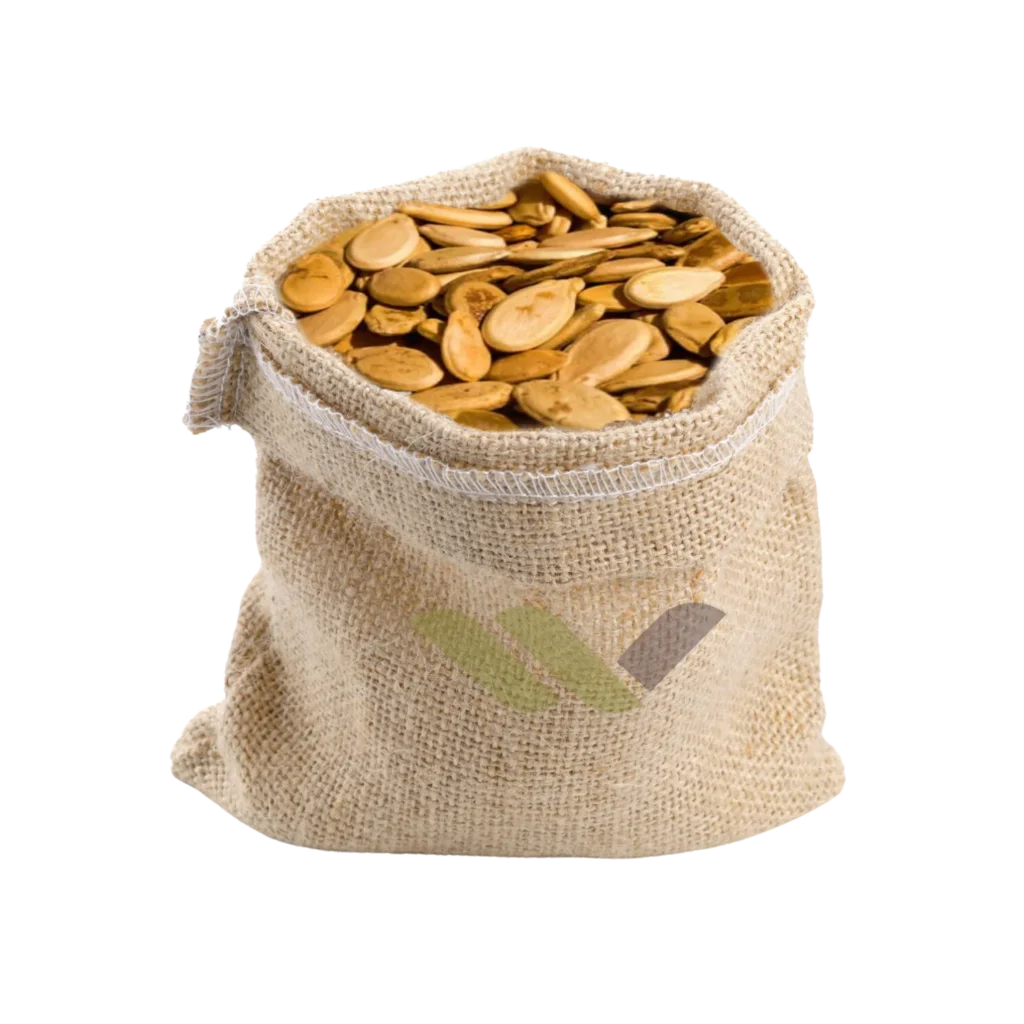
Watermelon Seeds
Watermelon seeds are extracted, sprouted, shelled, and dried. Sudan offers various sizes and colors. They’re rich in protein, vitamin B, magnesium, and healthy fats, known to lower cholesterol, inflammation, heart disease, and stroke risk.
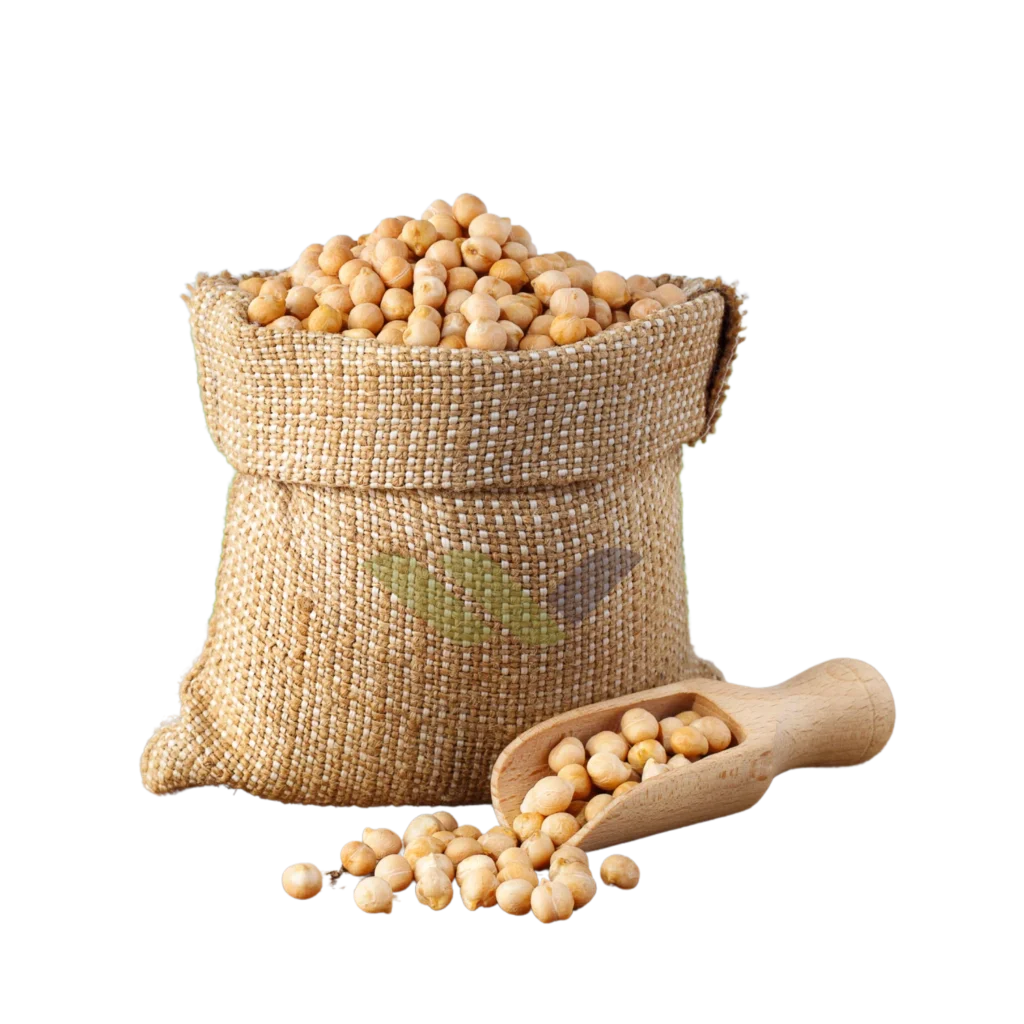
Chickpeas
Chickpeas, also known as garbanzo beans, are small, round, and beige in color. They belong to the legume family and have been cultivated for thousands of years.
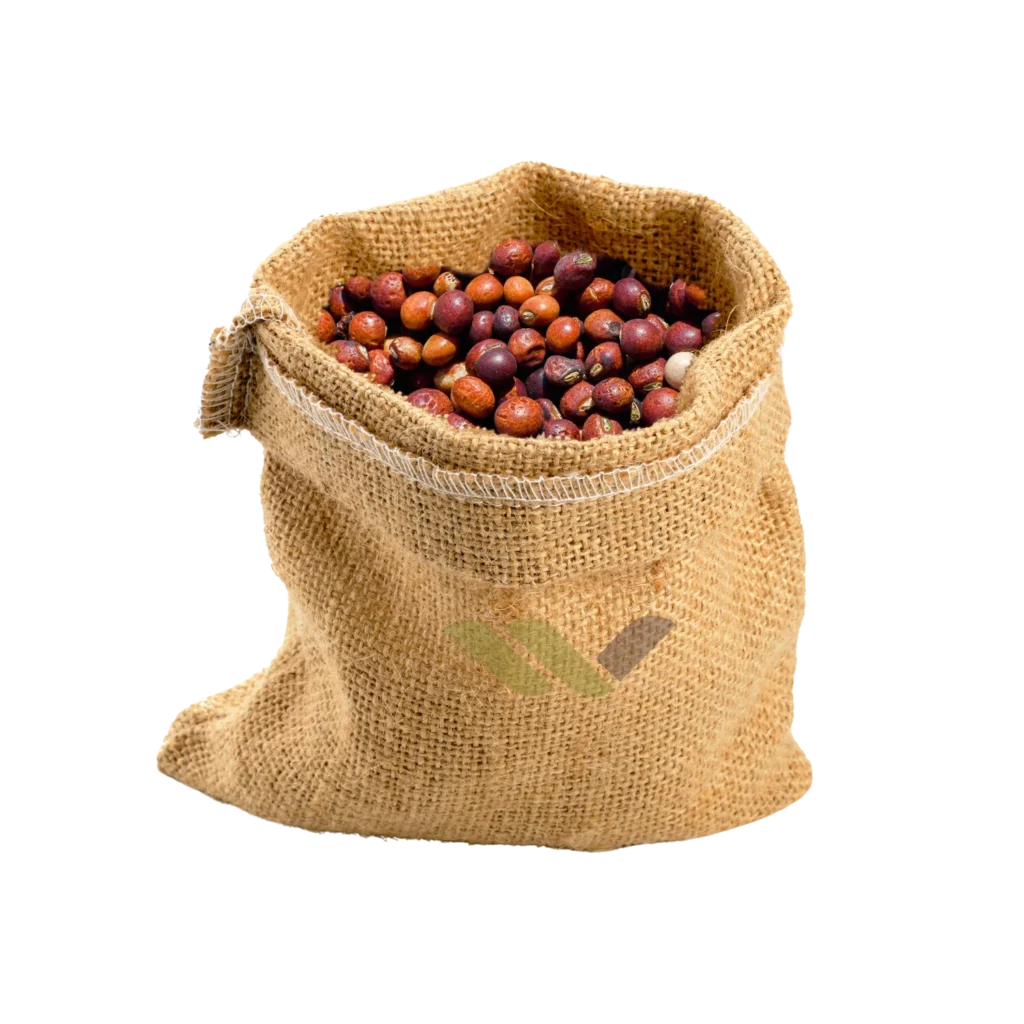
Pigeon Peas
The pigeon pea is a perennial legume from the family Fabaceae. Its cultivation can be tracked back more than 3,500 years. Also known as Adaseya or Lubiya in Sudan. The crop can maintain growth with poor soils and little water.
We are on the world
We specialize in exporting and importing grains, oilseeds, and pulses.
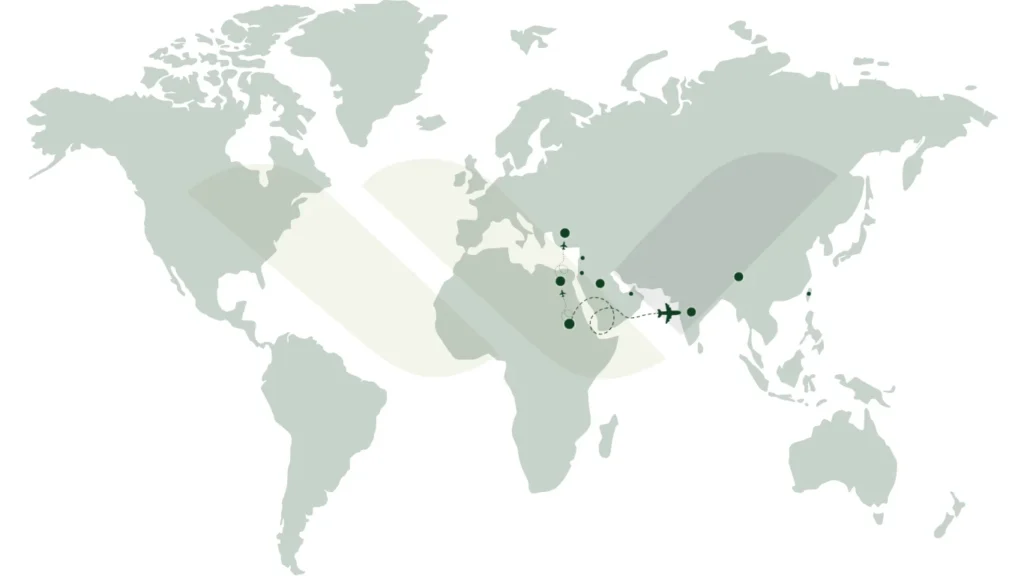

2015
Establish Office in Dubai

2018
Started importing from six different countries

2020
Started exporting to ten different countries

2023
Launching a food product brand called Nasaym

2015
Establish Office in Dubai

2018
Started importing from six different countries

2020
Started exporting to ten different countries

2023
Launching a food product brand called Nasaym
